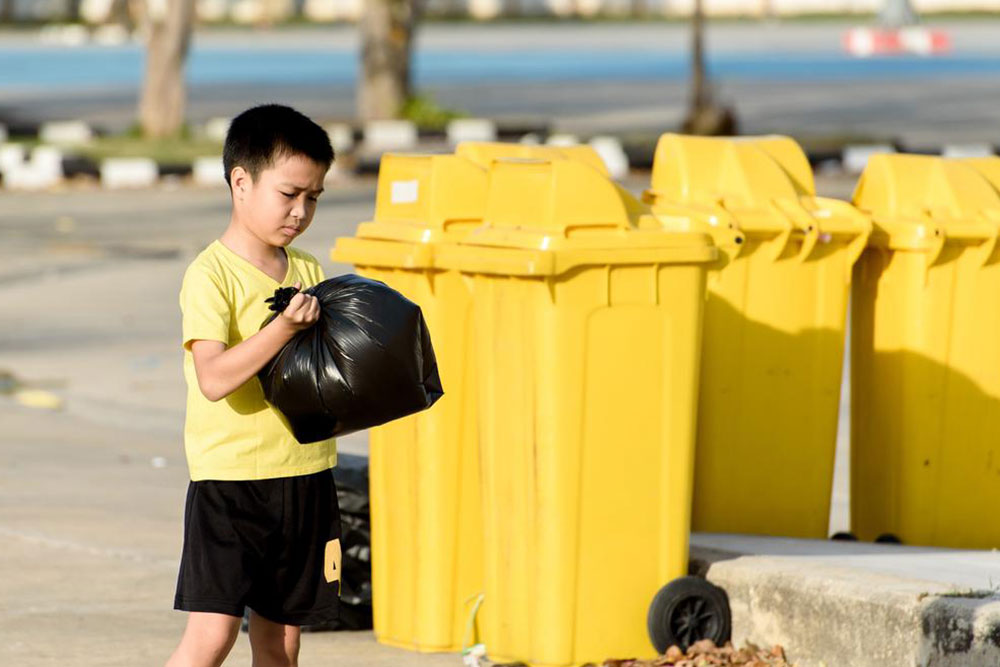The journey of plastic bags
In the early 70s, there were only a handful of grocery stores that send a shopper home with plastic bags. Over the years, the use of plastic bags rose exponentially. It is estimated that approximately 100 billion plastic bags are being used annually. How did this versatile yet harmful plastic bag enter the market?
The first plastic bags were designed by a Swedish company known as Celloplast. They created a tube of plastic that was sealed at the bottom, open at the top and had handles for transportation.

The popularity of plastic bags increased among businesses mainly due to their low cost when compared to paper bags. The cost of paper bags is four times more than that of plastic bags. Plastic bags are waterproof and stronger than paper bags. This also worked in favor of plastic bags. All these made business sense from the cost perspective when it came to choosing between a paper bag and a plastic bag.
However, over the years, the increasing use of plastic bags and their inefficient disposal lead to the accumulation of this nonbiodegradable material in the North Pacific Ocean. In 1997, the Great Pacific Garbage Patch was discovered. This brought to limelight the environmental hazards of using plastic bags. Citizens, as well as environmental activists, started advocating against the use of plastic bags.
In March 2007, San Francisco became the first city in the country to ban the use of non-biodegradable plastic bags. The state prohibited drug stores, supermarkets, and large retail stores from using non-biodegradable plastic bags. Then states such as California and Rhode Island put systems in place for supermarkets and grocers to recycle plastic bags. According to a research, only about 5.2% of the non-biodegradable plastic bags in the municipal waste stream were recycled in 2005.
After San Francisco, nearly 132 counties and cities across 18 states and also District of Columbia issued a similar legislation. Then nearly a decade later, in 2014, California issued a statewide ban on plastic shopping bags. According to this order, large grocery stores, food retailers, pharmacies, convenience markets, small food retailers, and liquor stores were not allowed to use plastic shopping bags. Also, Hawaii has a de-facto state-wise ban on plastic bags. Other states have passed legislation that allows local government bodies to either ban or impose any fees/taxes on the use of plastic bags.